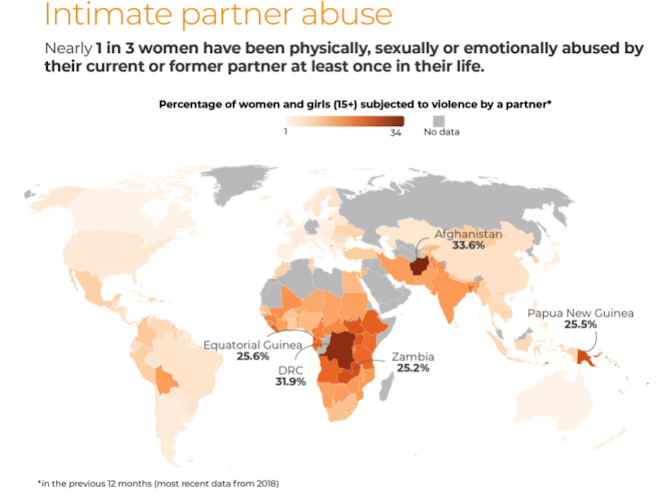#3 Period Poverty and other taboos
In today's blog post we will be talking about some of the challenges that water inequalities create for women and girls' sanitation needs and access.
The risks of poor sanitation
Women have greater needs for sanitation than men due to and during menstruation, pregnancy, childbirth, postnatal recovery and childcare responsibilities. Without adequate access to sanitary towels and clean water, it becomes more challenging for women to maintain their bodily hygiene, subsequently risking their health (see Figure 1). The taboo nature of periods in many rural African villages and communities is exacerbated by the increased malodour and 'messiness' that comes with poor sanitation during menstruation, which in turn makes conversations about developing adequate facilities, knowledge and products more inaccessible. In Kenya alone, 50% of school-age girls do not have access to menstrual products and as a result, 1 million Kenyan girls miss school each month. Period poverty is an issue in the majority of African countries and is closely linked to period shaming and humiliation. Figure 2 below delves a little bit deeper into some of the challenges associated with period shaming, giving the example of a rural village in Madagascar.
Figure 2: Period shaming: The battle for menstrual hygiene in Madagascar (only first 6 minutes are relevant)
Nevertheless, charities and organisations are making efforts to de-stigmatise menstruation and reduce period poverty across Africa. The Cup.org is an example of this, providing 15,000 girls in Kenya with menstrual cups since 2015 to keep them attending school, with a focus on Nairobi's Kibera slum (see Figure 3).
Also related to infection is the issue of open defecation, which is practiced in Africa more than you may think (see Figure 4). Not only can defecating in the open lead to faecal and other pathogenic transmissions, but women further these risks due to the threat of sexual assault. In the chart below, notice the nuance between community and household defecation, which likely affects how many and how often women are left vulnerable to assault and infection. In order to limit the number of times that women are left vulnerable with open defecation, they often go long periods of time (up to 13 hours) holding in their bladder, which increases the cases of urinary tract infections that they suffer from. Needless to say, consuming dirty water also increases the likelihood of contracting diseases such as diarrhoea or worms: in sub-Saharan Africa, diarrheal diseases kill 500,000 people each year, and 58% of diarrhoea cases are caused by poor WASH.
 |
Figure 4: Chart showing countries where open defecation is widely practiced |
What about urban areas?
So far I have predominantly been focusing on the challenges faced by communities in rural parts of Africa; however, urban communities, especially those living in informal settlements and slums, face similar issues, too. In Mathare, the largest slum collection in Nairobi with a total population of 500,000 people, an average of 85 households share one toilet (see Figure 5). This again increases the risk of violence and assault for girls using such toilets, and the problem is made worse during the night. The same study also found that "in Mathare women report violence (68%), respiratory illness/cough (46%), diabetes (33%), and diarrhea (30%) as the most frequent physical burdens", which are primarily linked to poor WASH. This highlights that while certain issues may look different depending on their locality and context (e.g. 92% of open defecation practitioners are in rural areas), the reality is that poor sanitation has the power to affect the livelihood of anyone, particularly women and children, no matter where they live.



Comments
Post a Comment